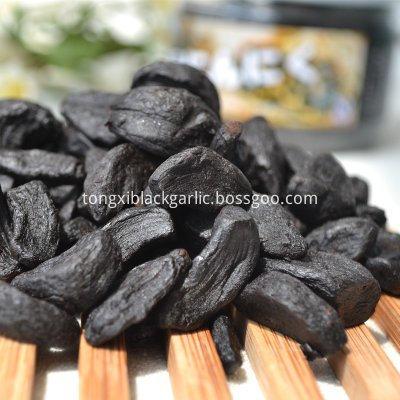Cucumber root rot control method
1. Fusarium root rot is the main root rot species of non-grafted cucumber. It mainly affects roots and rhizomes. The roots were initially immersed in water, causing decay afterwards and browning when dry, but the stem base did not contract. The stems were initially immersed in water, and the epidermis became yellowish-brown and rotted. The vascular bundles in the decayed areas turned brown and did not develop upwards. The water in the later stages of the disease rotted, leaving the vascular bundles as silkworms. The lower leaf color of the diseased plant was lighter and wilting at noon under strong light and recovered sooner or later. When it is severe, it cannot be restored. The diseased part will get worse and produce pink moldy material, leaving only filamentous vascular bundles to die. The difference between this disease and blight is that the browning of the vascular bundle is limited to the rotting part and no longer develops upwards. Diagnosis points: First, the basement of the underground stem rot, the contraction is not obvious; Second, the base tube of the stem becomes brown; Third, the stem of the base of the stem becomes brown, but does not develop upwards, that is, the catheter of the shoot above the ground does not change color. 2. Phytophthora root rot is the major root rot disease type of grafted cucumber. After the results, one after another began to develop. The course of disease is longer, and the wilting of the leaves begins during the day and can be restored at night or on a cloudy day. After a few days, the lower leaves begin to yellow and gradually develop upwards, resulting in dysplastic growth. There are two kinds of above-mentioned situations: First, grafted seedlings are part of the stem of the black-skin squash near the ground, and become brownish and rot. As a result, the whole plant dies; second, there are no signs of water immersion and spoilage at the base of the squash. The vascular bundles were also not browned. The roots of the excavated roots showed that the roots of the fine roots were brown and rot. The main roots and part of the roots also appeared light brown to brown. In severe cases, all the roots turned brown and dark brown, and all the bases of the fine roots were longitudinally split. And in the middle of the longitudinal cracks may be found in gray and black bands of mycelium, in the root bark cells can be seen dense black spots. Comprehensive prevention and control points: 1, high temperature and humidity is conducive to disease, pay attention to moisture after watering. 2, increase the biological bacterial fertilizer, in addition to the root irrigation agent, mixed with biological bacterial fertilizer (foliar fertilizer) is better. 3, irrigating potions are optional: carbendazim, ammonia, copper water agent, Kwong Ling, a water agent, carbendazim + thiram and other agents. Mixed rooting agents, such as: root-strength seedlings, harvest No. 1, Chifeng and so on.
Peeled Black Garlic is peel them first, and then fermentation,It's easy to eat.
We know that garlic itself is a very good health food, while the role of black garlic is really amazing. For diabetes, hypertension, high cholesterol, cancer prevention and treatment have a very significant effect.
Once you have peeled the clove it is ready to eat.Black Garlic
should have 24 months shelf life if stored in the correct conditions.
Peeled Black Garlic Peeled Black Garlic,Peeled Fermented Black Garlic,Fresh Peeled Black Garlic,Organic Peeled Black Garlic Zhucheng Tongxi Commercial And Trade Co.,Ltd. , https://www.blackgarlicgroup.com
